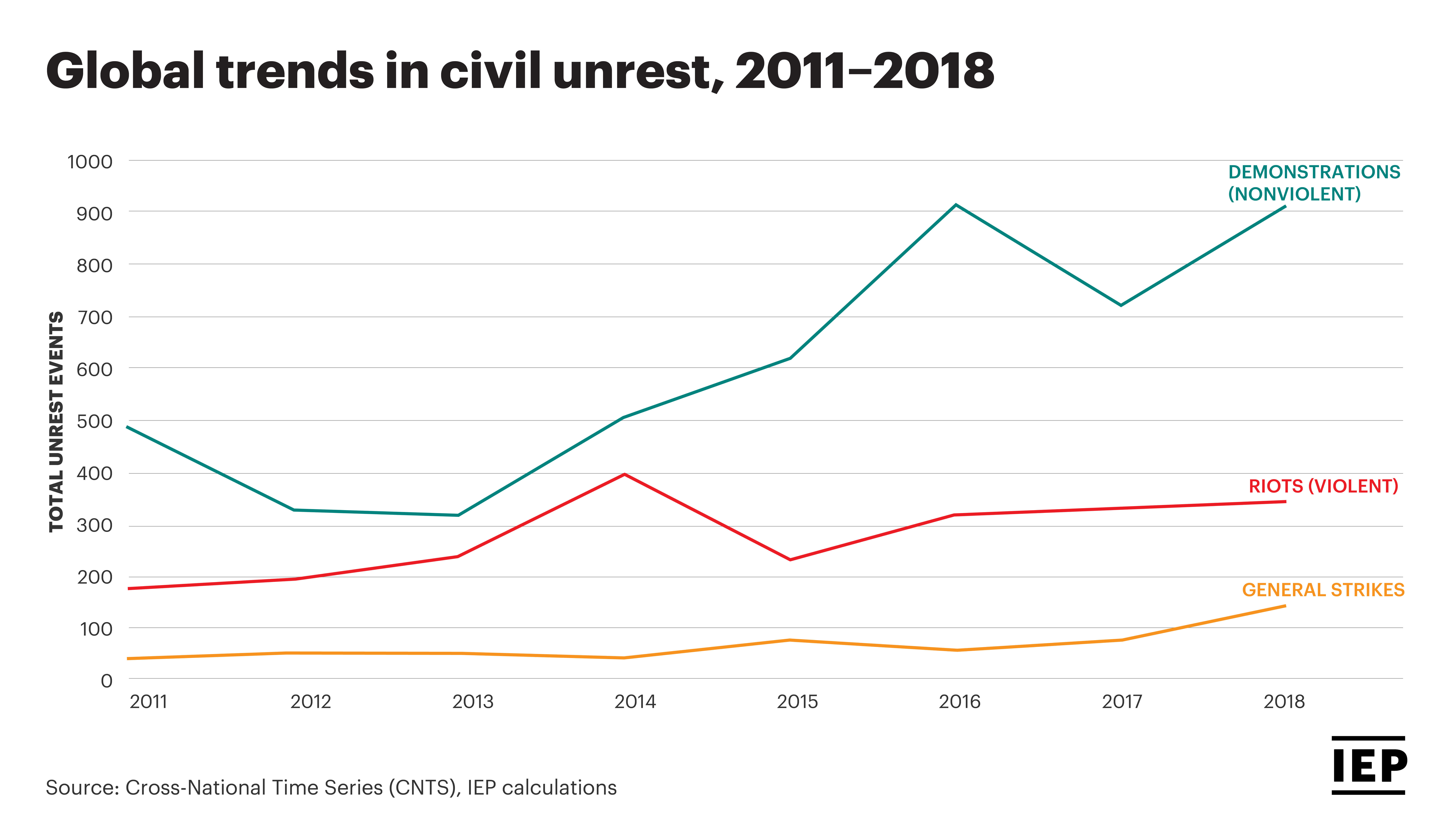A string of UK protests are rallying against a proposed legislation that could provide police more power to stop public demonstrations.
While the multifaceted bill addresses various areas of the crime and justice system in England and Wales, activists claim a part of it would give authorities sweeping new abilities to stop protests.
The bill provides police chiefs with the power to impose more conditions on protests, such as setting start and finish times, as well as noise limits. Police could also be given the ability to apply these rules to a demonstration of just one person.
According to reports, the police chiefs and ministers drafting the proposed laws are reacting to the Extinction Rebellion demonstrations of 2019 that caused major disruptions in public areas across London and stretched police to the limit.
Some of the current anti-bill protests have erupted into violence. Angry clashes between protestors and police in Bristol left a police station vandalised and police vans burned, while other reports claim authorities were overly aggressive and violent towards demonstrators.
The national outcry over the bill and how it affects protests is triggering a debate about how to maintain public order and safety while balancing the public’s democratic right to demonstrate, a phenomenon that has been on the rise over the last decade.
According to data from the Institute for Economics & Peace, long-term analysis shows that civil unrest has been increasing not only in Britain, but worldwide.
In the eight years leading up to 2018, the available comparable global data shows a 102 per cent increase in the number of riots, general strikes and anti-government demonstrations, according to the 2020 Global Peace Index.

The number of both protests and riots roughly doubled, while the number of general strikes quadrupled, from 33 events in 2011 to 135 in 2018.
Nonviolent demonstrations accounted for 64%, and another 6% were general strikes, with the remaining 30% classified as riots. More than 4,700 nonviolent demonstrations were recorded, compared to nearly 2,200 riots.
The same report looks at the global trends in civil unrest over the past decade and finds that between 2011 to 2019, Europe had the largest number of protests, riots and strikes over the period, totalling nearly 1,600 events from 2011 to 2018.
65% of the civil unrest events in Europe were nonviolent. Civil unrest in sub-Saharan Africa rose by more than 800 per cent over the same period, from 32 riots and protests in 2011 to 292 in 2018.